June 10, 2025—KB5060842 (OS Build 26100.4349)
Applies To
Release Date:
6/10/2025
Version:
OS Build 26100.4349
For information about Windows update terminology, see types of Windows updates and the monthly quality update types. To find an overview, see the update history page for Windows 11, version 24H2.
Follow @WindowsUpdate to find out when new content is published to the Windows release health dashboard.
Windows updates don't install Microsoft Store application updates. If you are an enterprise user. see Microsoft Store apps - Configuration Manager. If you are a consumer user, see Get updates for apps and games in Microsoft Store.

Highlights
-
This update addresses security issues for your Windows operating system.
Improvements
This security update includes improvements that were a part of update KB5058499 (released May 28, 2025). The following summary outlines key issues addressed by the KB update after you install it. Also, included are available new features. The bold text within the brackets indicates the item or area of the change.
-
[System Restore] After installing the June 2025 Windows security update, Windows 11, version 24H2 will retain system restore points for up to 60 days. To apply a restore point, select Open System Restore. Restore points older than 60 days are not available. This 60-day limit will also apply to future versions of Windows 11, version 24H2.
-
[Windows Hello] Fixed: This update addresses an issue that prevents users from signing in with self-signed certificates when using Windows Hello for Business with the Key Trust model.
If you installed earlier updates, your device downloads and installs only the new updates contained in this package.
For more information about security vulnerabilities, please refer to the Security Update Guide website and the June 2025 Security Updates.
AI Components
This release updates the following AI components:
|
AI Component |
Version |
|
Image Search |
1.2505.838.0 |
|
Content Extraction |
1.2505.838.0 |
|
Semantic Analysis |
1.2505.838.0 |
Windows 11 servicing stack update (KB5059502)- 26100.4193
This update makes quality improvements to the servicing stack, which is the component that installs Windows updates. Servicing stack updates (SSU) ensure that you have a robust and reliable servicing stack so that your devices can receive and install Microsoft updates. To learn more about SSUs, see Simplifying on-premises deployment of servicing stack updates.
Known issues in this update
Applies to: All users
Symptom
There are reports of blurry or unclear CJK (Chinese, Japanese, Korean) text when displayed at 96 DPI (100% scaling) in Chromium-based browsers such as Microsoft Edge and Google Chrome. The March 2025 Preview Update introduced Noto fonts in collaboration with Google, for CJK languages as fallbacks to improve text rendering when websites or apps don’t specify appropriate fonts. The issue is due to limited pixel density at 96 DPI, which can reduce the clarity and alignment of CJK characters. Increasing the display scaling improves clarity by enhancing text rendering.
Workaround
Microsoft has shared its findings on the blurry text issue at 96 DPI, along with potential solutions with Google for further discussion. For additional support, users can report issues related to Noto CJK fonts through the official Google Noto Fonts GitHub repository.
Symptoms
Some devices in environments where IT admis use quality update (QU) deferral policies might experience delays in receiving the June 2025 Windows security update. Although the update was released on June 10, 2025, its update metadata timestamp reflects a date of June 20, 2025. This discrepancy might cause devices with configured deferral periods to receive the update later than expected.
Workaround
To accelerate deployment of the June 2025 updates, admins can take one of the following actions:
-
Create an expedite policy to bypass deferral settings and deliver the update immediately if the organization is using Windows Autopatch.
-
Adjust deployment rings or deferral configurations to reduce the delay window for affected devices.
This delay issue affects only the timing of update availability for organizations using QU deferral policies and doesn't impact the quality or applicability of the update. We will not change the metadata value from the current June 20, 2025, value. This workaround is the final resolution we will provide for this issue.
Applies to: Enterprise customers and IT admins
Symptoms
After installing KB5055627, you might encounter issues with the Microsoft Print to PDF functionality. Specifically, the Microsoft Print to PDF printer might no longer appear under Settings > Bluetooth & devices > Printers & scanners. You might also notice that enabling the Printing-PrintToPDFServices-Feature returns error code 0x800f0922, which prevents the installation of the Microsoft Print to PDF printer driver located in C:\Windows\System32\DriverStore\FileRepository.
To address this, try enabling the Printing-PrintToPDFServices-Feature using one of the following options:
Option 1: Press Windows + R, type optional features, and enable Microsoft Print to PDF in the Windows Features dialog.
Option 2: Open PowerShell as Administrator and run the following commands:
-
Disable-WindowsOptionalFeature -Online -FeatureName Printing-PrintToPDFServices-Features
-
Enable-WindowsOptionalFeature -Online -FeatureName Printing-PrintToPDFServices-Features
Note: The final command might encounter an error with code 0x800f0922.
Workaround
This issue is addressed in KB5060829.
How to get this update
Before you install this update
Microsoft combines the latest servicing stack update (SSU) for your operating system with the latest cumulative update (LCU). For general information about SSUs, see Servicing stack updates and Servicing Stack Updates (SSU): Frequently Asked Questions.
Install this update
To install this update, use one of the following Windows and Microsoft release channels.
|
Available |
Next Step |
|
|
This update downloads and installs automatically from Windows Update and Microsoft Update. |
|
Available |
Next Step |
|
|
This update downloads and installs automatically from Windows Update for Business in accordance with configured policies. |
|
Available |
Next Step |
||||
|
Yes 1 |
Before you install this update To get the standalone package(s) for this update, go to the Microsoft Update Catalog website. This KB contains one or more MSU files that require installation in a specific order. Install this update Method 1: Install all MSU files together Download all MSU files for KB5060842 from Microsoft Update Catalog and place them in the same folder (for example, C:/Packages). Use Deployment Image Servicing and Management (DISM.exe) to install the target update. DISM will use the folder specified in PackagePath to discover and install one or more prerequisite MSU files as needed. Updating Windows PC To apply this update to a running Windows PC, run the following command from an elevated Command Prompt:
Or, run the following command from an elevated Windows PowerShell prompt:
Updating Windows Installation media To apply this update to Windows Installation media, see Update Windows installation media with Dynamic Update. Note: When downloading other Dynamic Update packages, ensure they match the same month as this KB. If the SafeOS Dynamic Update or Setup Dynamic Update is not available for the same month as this KB, use the most recently published version of each. To add this update to a mounted image, run the following command from an elevated Command Prompt:
Or, run the following command from an elevated Windows PowerShell prompt:
Method 2: Install each MSU file individually, in order Download and install each MSU file individually either using DISM or Windows Update Standalone Installer in the following order:
|
1 This latest cumulative update includes updates for AI components. Even though the AI component updates are included in the update, the AI components are only applicable to Windows Copilot+ PCs and will not install on Windows PC or Windows Server.
|
Available |
Next Step |
|
|
This update automatically syncs with Windows Server Update Services (WSUS) if you configure Products and Classifications as follows: Product: Windows 11 Classification: Security Updates |
If you want to remove the LCU
To remove the LCU after installing the combined SSU and LCU package, use the DISM/Remove-Package command line option with the LCU package name as the argument. You can find the package name by using this command: DISM /online /get-packages.
Running Windows Update Standalone Installer (wusa.exe) with the /uninstall switch on the combined package will not work because the combined package contains the SSU. You cannot remove the SSU from the system after installation.
File information
For a list of the files provided in this update, download the file information for cumulative update 5060842.
For a list of the files provided in the servicing stack update, download the file information for the SSU (KB5059502) - version 26100.4193.











